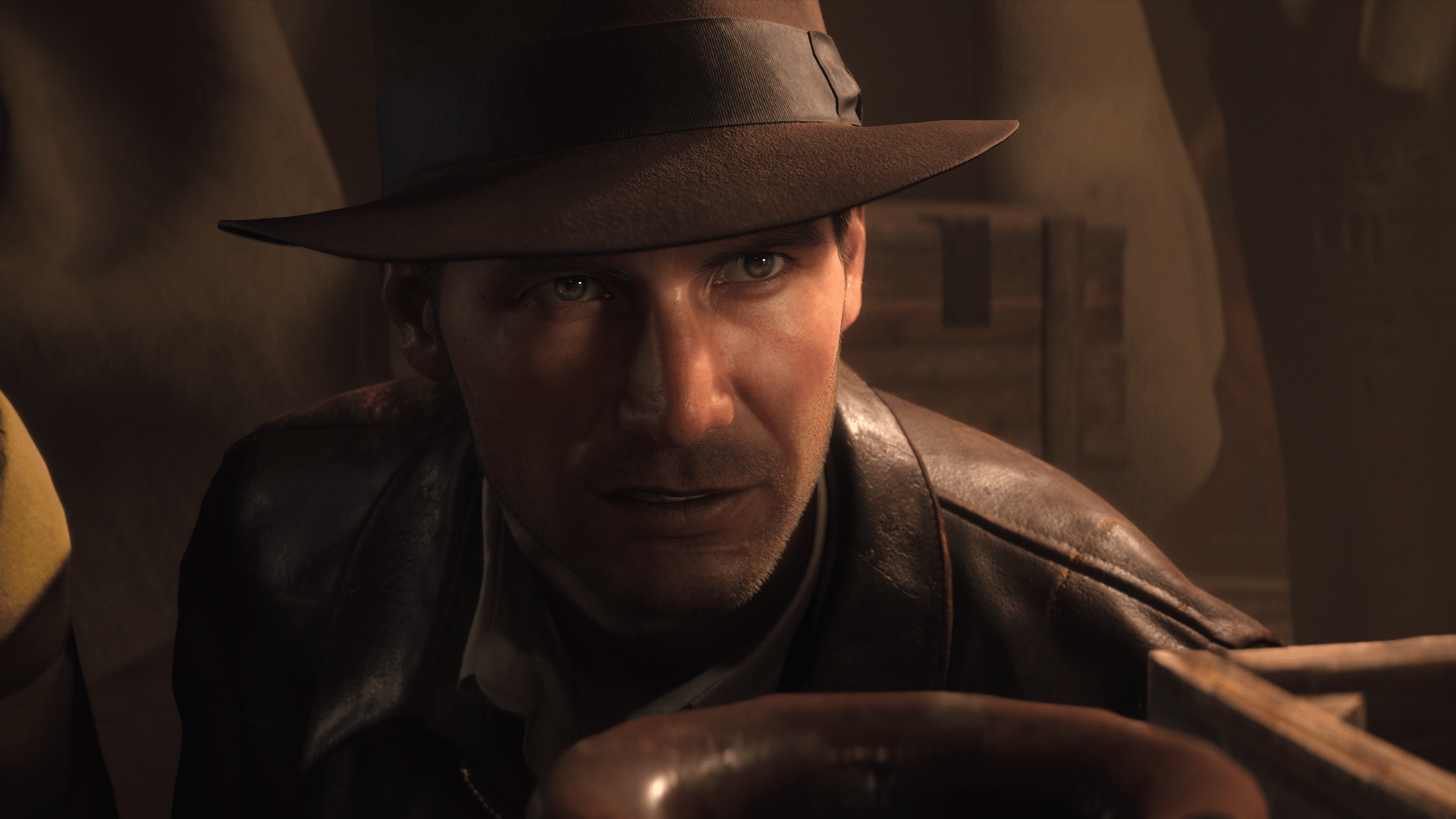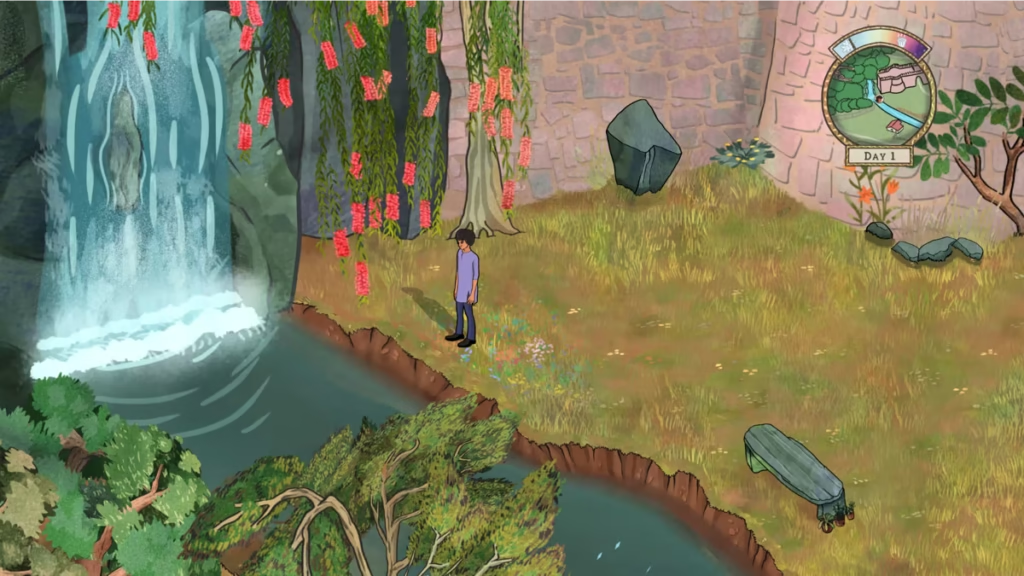In the entire George Lucas/Steven Spielberg universe of cinema, the Indiana Jones series is probably the one that spoke the least to me. I have no tangible reason why, except for the fact that the space- and aliens-based stuff probably presented a far more attractive proposition. That said, fragments of the first three Indy films (never even bother past the original trilogy) come back to me every now and then, but I’m unable to place them — with the obvious exceptions of the Raiders of the Lost Ark boulder chase and Amrish Puri chewing up scenery as Mola Ram in Temple of Doom. So with that in the form of a background on the series, it was with some trepidation that I loaded up the Xbox Game Pass version of Indiana Jones and the Great Circle.
Preview footage had made amply clear that this was going to be a first-person affair where you play Dr Henry Walton “Indiana” Jones Jr. The game would be replete with some platforming, a bit of combat and a bunch of puzzling. And all of this would be set across beautiful locations from across the world. That in itself was a draw, but the fact that the previews somewhat reminded me of 1990s classic Montezuma’s Return! was the icing on the cake. That I was not particularly au fait with the intricacies of the franchise’s overall story would not hold me back.
The game’s introductory scene is a shot-for-shot recreation of the famous Raiders of the Lost Ark opening — except here, you’re actually able to move around within it. And the first thing you’ll likely notice is just how marvellously lifelike in-game Harrison Ford looks. The brief level acts both as a narrative prologue and tutorial that gives a fleeting glance at some of the gameplay tools at your disposal. This is handy, and doesn’t overload the player with a surfeit of information that might not be required at that point. This sense of restraint is seen elsewhere in the game too, and The Great Circle is all the better for it.
‘Into the great unknown mystery, I go first’
Story-driven games can broadly be divided into four categories: Simple story-good execution, simple story-poor execution, complex story-good execution and complex story-poor execution. The Great Circle sports a fairly basic narrative that is structurally in line with the sort seen in the films: A main story that sees Indy embark on a journey in chase of some MacGuffins, a couple of secondary characters with their own arcs, a couple of twists here and there, and solid writing to hold it all together. As always, there’s a cataclysmic and potentially apocalyptic event to avoid. I’m going to keep away from going into specifics about the story, since it’s something you should experience for yourselves.
Set in 1937 (between the events of the aforementioned Raiders of the Lost Ark and The Last Crusade), the story takes you to the Vatican, Gizeh, Sukhothai and a handful of other beautiful locations over a span of approximately 15 hours if you choose to mainline the primary story. Those choosing to spend a bit of time on side missions and the quest for collectibles — as I did in my 20-ish-hour playthrough — will find a fair bit of purchase for their efforts. Aside from gathering collectibles (which can be exchanged for skills and unlockables), there doesn’t appear to be a fetch quest or any other bit of lazy runtime-expansion in sight. Side missions have been thoughtfully constructed and act as mini-story arcs on which you can embark to temporarily step away from the main thread and savour the world MachineGames has built.
And it’s one you’ll most definitely want to savour. Whether it’s the sandy dune-covered scapes of Gizeh or the swampy backwaters of Sukhothai, there’s plenty to explore and discover. But, the game doesn’t insist upon it. Sure, there are skills and a secret ending that can only be unlocked if you collect bottles of medicine and relics, but for the most part, the developers seem perfectly content for players to simply blaze through the main story. And while you may struggle a bit in a few combat sequences or when it comes to stamina-draining activities, you should manage to scrape through without most upgrades.
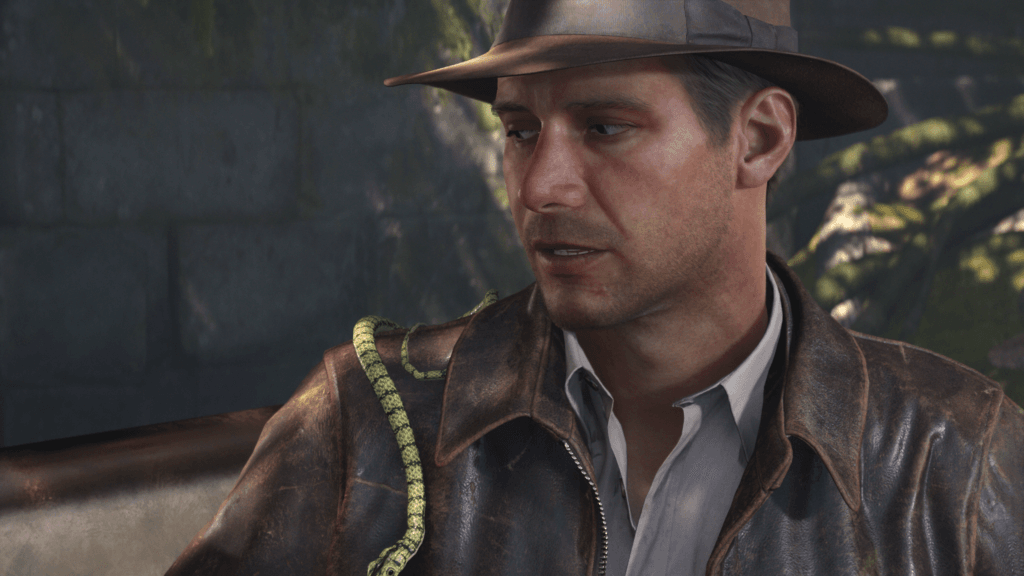
‘I don’t know, I’m making this up as I go’
Gameplay is where I feared this all would come unstuck. For starters, it’s published by Bethesda Softworks, who haven’t — if we’re being honest — had the greatest of runs of late. Second, the Uncharted series (certainly inspired by Indiana Jones) plays wonderfully well and would undoubtedly draw comparisons. Third, it just looked too pristine to play properly. Those fears, I’m pleased to report, were unfounded because The Great Circle runs extremely well. Traversal (including but not limited to walking around, swinging across ravines with your bullwhip and rowing a boat) is precisely optimised for first-person mode. Exploration is fun and never gets tedious, particularly in such levels as the previously mentioned Vatican, Gizeh and Sukhothai that offer plenty of nooks and crannies to discover, and improvisation is often rewarded. Puzzles achieve that fine balance of being challenging but not impossible. Platforming is aided greatly by responsive controls and a forgiving ledge-grab mechanic. And those action set-pieces simply have to be experienced for themselves. Remember the train in Uncharted 2: Among Thieves? Well, then you’ll know what to expect here.
And that’s before we get into the topic of enemy combatants. A mix of Italian fascists and German Nazis, there’s a good variety of enemy types to sneak past or take on if you so desire. Taking the stealth route — something that the game makes abundantly clear you should do — is fairly facile, provided you’re willing to be patient, observe the enemy movement patterns and time your own moves. The combat option is where it gets a bit more complicated, since Indy isn’t a brawler (he’s an archaeologist and professor) or a particularly great shooter. As such, combat is laborious and requires — much like sprinting, swimming at speed, climbing or hanging from platforms — stamina, which depletes quickly. There are certain unavoidable fights, but the availability of melee weapons or projectiles makes these easier to win. Everywhere else, unless your melee abilities and stamina are levelled up, it’s far too onerous a chore even when enemies don’t alert their companions and leave you facing a horde.
At various points in the game, you will have a companion. They aren’t super useful in terms of combat, but they do come in handy if there’s a lock to be picked or two handles to be turned simultaneously. This is also where I encountered the biggest (there weren’t many) issue with the game. To put things into perspective, let’s start with enemy AI, which isn’t great, if I’m being honest. Stealth is made infinitely easier by the fact that most guards and soldiers tend to either be extremely myopic, suffer from tunnel vision, or both. They take a while to react, and you can usually lose them without breaking a sweat. Even when surrounded by enemies, they rarely charge in together to overpower you, opting instead to come at you solo or in twos. But it’s the ally AI’s behaviour that is far more disappointing. Companions will often stand awkwardly between you and a puzzle or point of interest, bringing proceedings to a standstill until they decide to move. In combat situations, they’re usually invisible (which is fine), but at times, unpredictable (less fine).
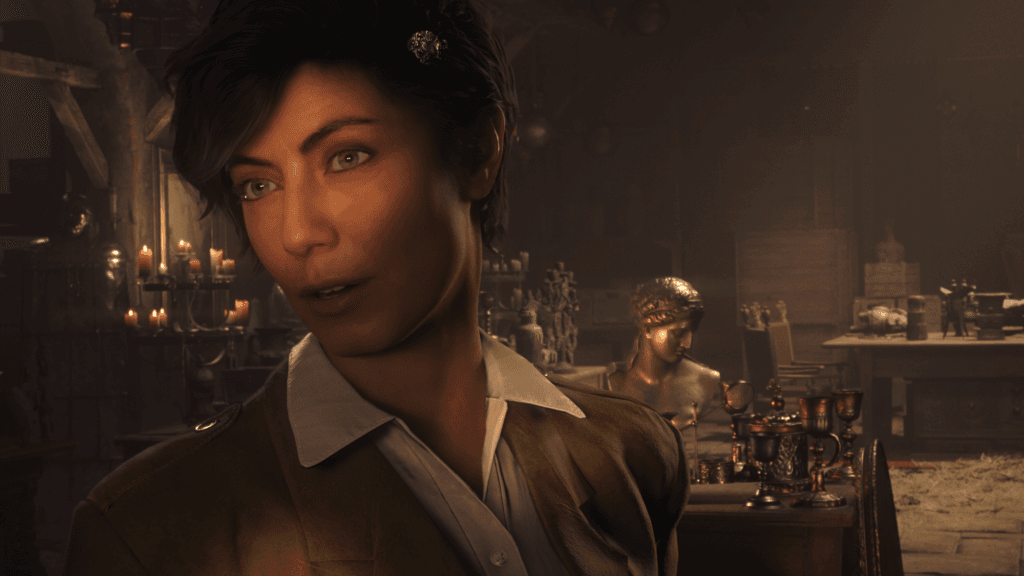
For instance, you’ll notice that when it comes to ambushing a pair of enemies, a companion may help out once, but the next time, it simply won’t happen — leaving you to your own devices. Additionally, they tend to be extremely impatient, repeating their lines again and again when you’re unable to solve a particular puzzle or get out of a particular area. At the end of the day, this isn’t that major an inconvenience, but because everything else is so polished, the enemy/ally AI seems that much more egregious.
The most sinister Über-Nazi since Hans Landa
Christoph Waltz’ Academy Award-winning turn as Colonel Hans Landa in 2009’s Inglourious Basterds blew many away not just because it was his first foray into the mainstream, but also because it’d been a while since the last time such a menacing member of the Third Reich had been depicted on the big screen. Emmerich Voss (an almost pantomime outing by Marios Gavrilis) is a fabulous antagonist for a number of reasons, not least of which is the stellar voice-acting job that stands up to scrutiny alongside the efforts of Troy Baker (understated and effective as Indiana), Alessandra Mastronardi (emotionally on-point as Ginetta/Gina), Tony Todd (restrained and commanding) and the rest.
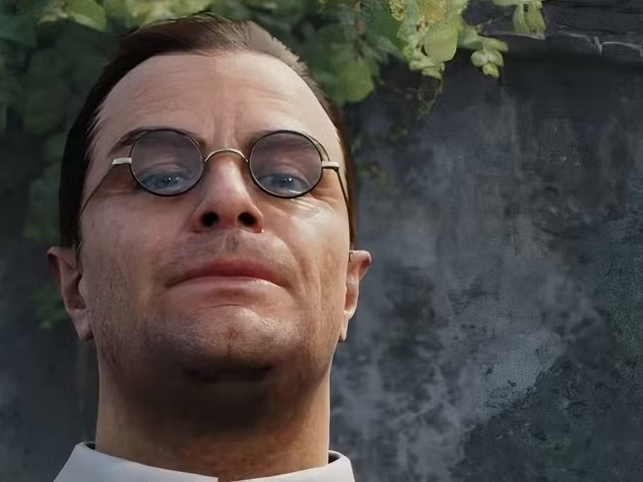
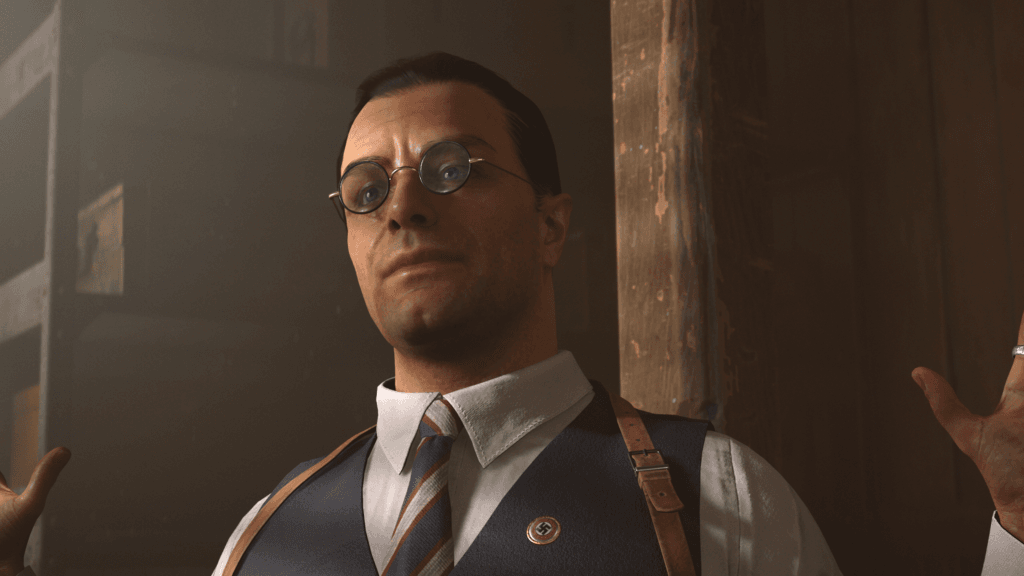
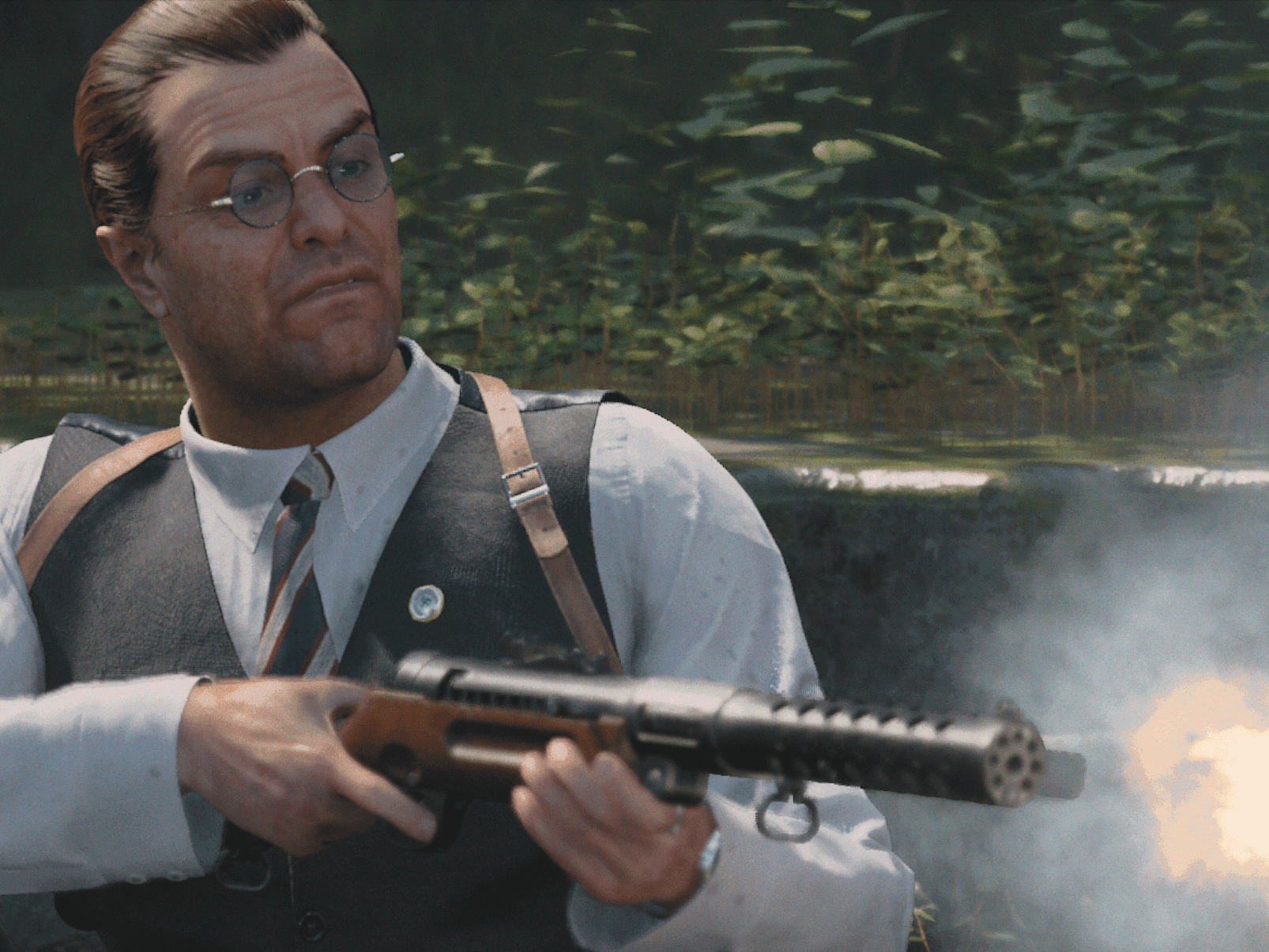
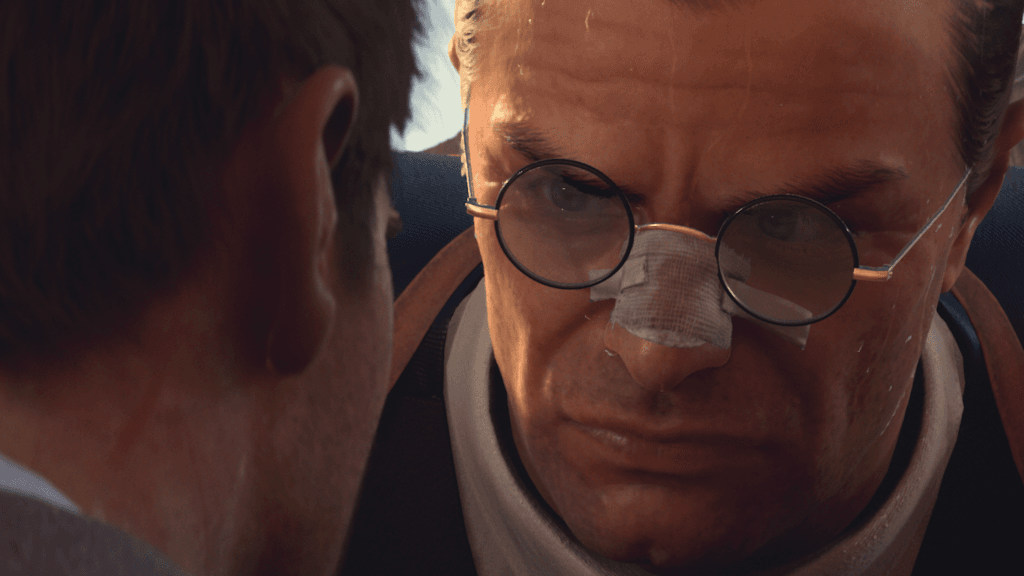
Ruthless, focussed and devoted to a dangerous ideology, Voss is reminiscent of Landa because he isn’t a gnashing and frothing maniac teetering on the brink of losing control. He’s actually very much in control, as he enjoys pointing out over the course of The Great Circle, and it is his intervention or decision-making that essentially drives the plot forward. I’d stated at the start or thereabouts that the game follows a simple narrative arc. And it does, but the story is enriched and delivered magnificently by great writing and well fleshed-out characters with clear motivations. Since we’re on the topic of the writing, I’d like to take a slight detour and dig a bit deeper: What I really liked about it was that it was funny when it needed to be, but not in that tiresome Marvel Cinematic Universe sort of way. It’s a brand of humour that harks back to an older time when a joke didn’t need to rely on pop culture references to land.
But back to Voss, and he too isn’t averse to cracking wise amidst all the serious armageddon-inducing antics. And right when you think he’s getting a bit too goofy or hammy, he’ll suddenly unleash a vicious and brutal act that brings everything back to earth. On an occasion or two, I was reminded of the manner in which Landa toys with farmer Perrier LaPadite at the film’s beginning, before proceeding to massacre the Dreyfus family hiding under the latter’s floorboards. And just like with Landa, Voss isn’t a formidable and memorable antagonist because he can pummel you senseless with his fists. It’s because he can do so with his mind and the authority he wields over his section of the Wehrmacht.
‘It’s not the years, honey, it’s the mileage’
Indiana Jones and the Great Circle isn’t the longest game you’ll ever play, nor is it the most challenging one. And sure, the AI issue is one you’ll run into repeatedly. Hell, I even experienced a bug that crashed my game and locked me out, only to inexplicably let me back in after a few days. It isn’t perfect, but if it’s a rip-roaring good time with some edge-of-your seat set-pieces, a good mix of puzzles around which to wrap your mind and an entertaining story you’re after, you can do a lot worse than this. Arriving in the wake of some superb games across genres and platforms, this game provides a fitting way to end 2024: With a smile on your face and adrenaline in your veins.
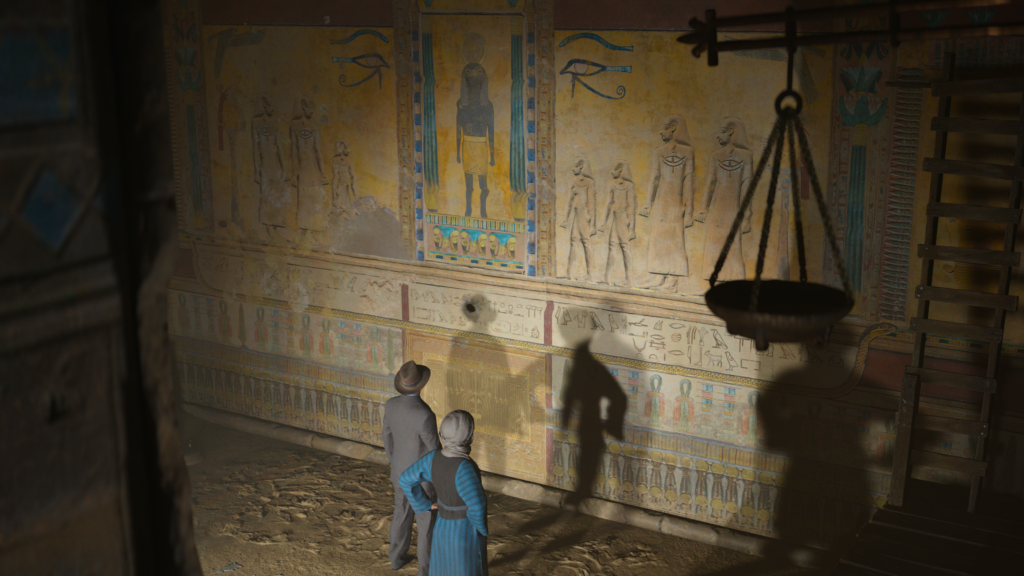
Game Pass version of the game reviewed on Xbox Series X.
